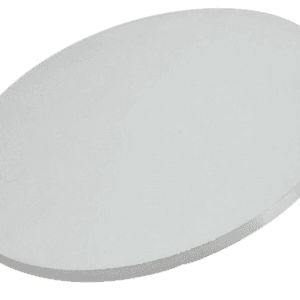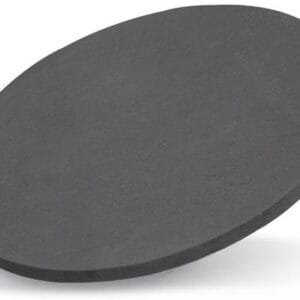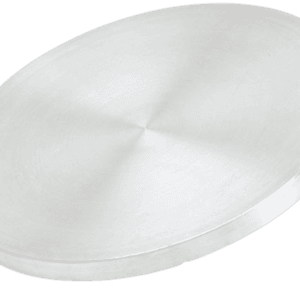Nickel Iron Sputtering Target Description
Nickel Iron Sputtering Targets possess notable properties essential for diverse applications. Renowned for their exceptional purity, these targets play a vital role in precise thin-film deposition processes. The Nickel Iron composition ensures desirable magnetic and electrical properties, making them valuable for applications in electronics, magnetics, and sensor technologies. With excellent corrosion resistance, these targets contribute to the production of durable and reliable coatings. Overall, the distinctive properties of Nickel Iron Sputtering Targets make them integral in advancing various technological fields.
Related Product: Aluminum Nickel Sputtering Target, Chromium Nickel Sputtering Target
Nickel Iron Sputtering Target Specifications
| Compound Formula | Ni-Fe |
| Appearance | Silver Grey Target |
| Available Sizes | Dia.: 1.0″, 2.0″, 3.0″, 4.0″, 5.0″, 6.0″ Thick: 0.125″, 0.250″ |
Nickel Iron Sputtering Target Handling Notes
Nickel Iron Sputtering Target Application
Nickel Iron Sputtering Targets are highly versatile and integral to advanced technologies. Used primarily in thin-film deposition, these targets are essential for electronics, magnetics, and sensor technologies. The exceptional purity of Nickel Iron ensures precise and efficient coating, which is critical for producing high-performance electronic devices and sensors. Their distinctive magnetic and electrical properties aid in developing efficient components like magnetic storage devices. Additionally, their excellent corrosion resistance makes them ideal for creating durable and reliable coatings. As such, Nickel Iron Sputtering Targets are crucial materials for advancing various technological applications.
Nickel Iron Sputtering Target Packaging
We handle our Nickel Iron Sputtering Target with great care during storage and transportation to ensure it maintains its original quality and condition.
Get Contact
TFM provides Nickel Iron Sputtering Targets in a variety of forms, purities, and sizes. We specialize in producing high-purity physical vapor deposition (PVD) materials with maximum density and minimal average grain sizes, suitable for semiconductor applications, chemical vapor deposition (CVD), and PVD processes for display and optical technologies.





Reviews
There are no reviews yet.